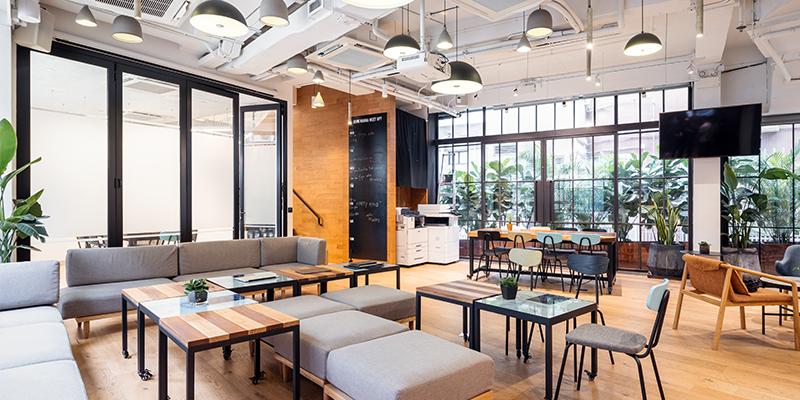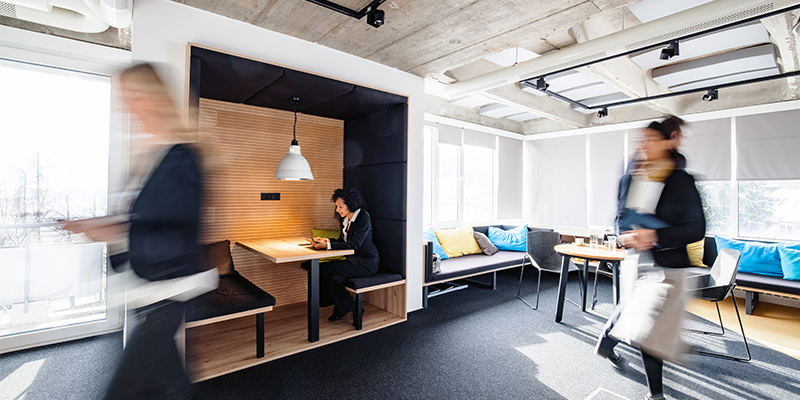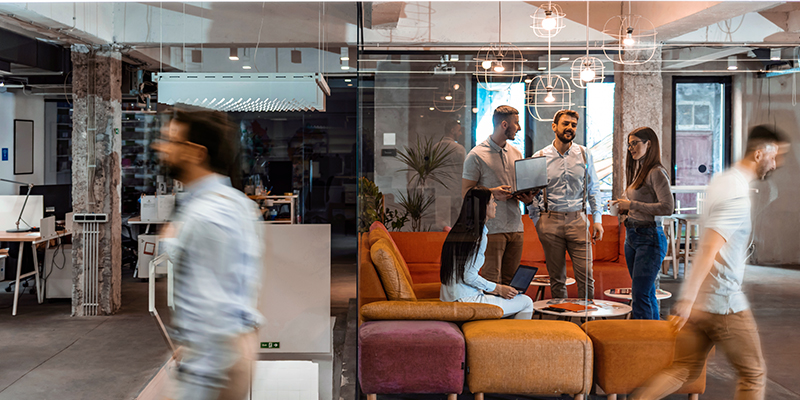Originally published in NAIOP's Development Magazine Spring 2021 Issue by Ann Moore.
Waterfront development in California used multiple strategies to get off the ground.
Megaprojects can transform landscapes, improve quality of life and deliver significant economic benefits to their communities. When they are sited on a waterfront in a binational urban area, they take on even more complexity. In Southern California’s San Diego County, a megaproject will transform a formerly blighted stretch of waterfront into a thriving destination. The project team is pursuing innovative ways to reduce the risk that could be instructive to other development teams.
A megaproject is defined by its scale and complexity. Typically costing $1 billion or more, such projects take many years to develop and build, involve multiple public and private stakeholders and impact millions of people, according to the Oxford Handbook of Megaproject Management. A considerable upside also brings great risk, which must be managed to improve the chances of success.
On approximately 535 acres, the Chula Vista Bayfront is larger than Disneyland and one of the last significant large-scale waterfront development opportunities in Southern California. Once defined by a power plant and an aerospace factory, this brownfield waterfront is ripe for redevelopment in the U.S.-Mexico border region of 6.5 million people. The location is about a 15-minute drive from the busiest land border crossing in the western hemisphere. More than 100,000 people cross the San Diego-Tijuana, Mexico, border every day. Thus, the project site can target a market that includes U.S. citizens, Mexican nationals, and travelers using airports in San Diego and Tijuana.












